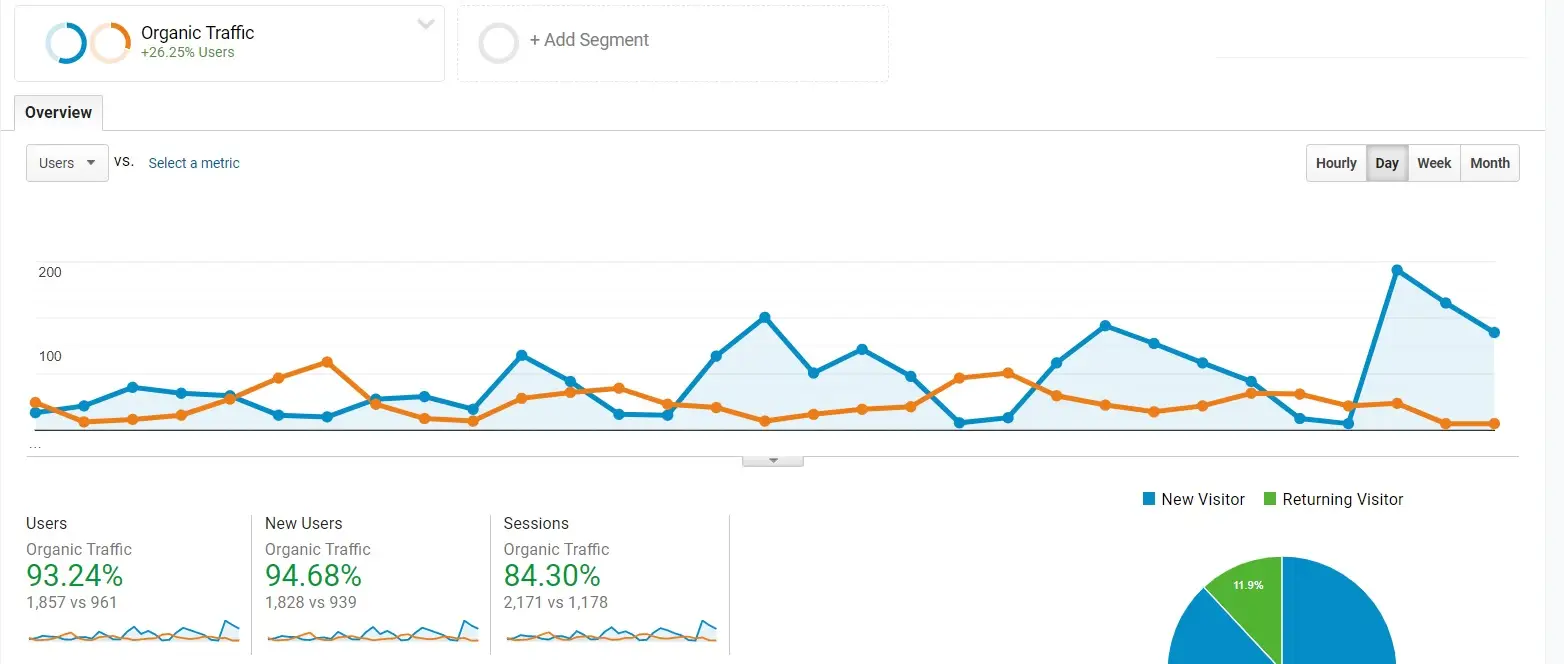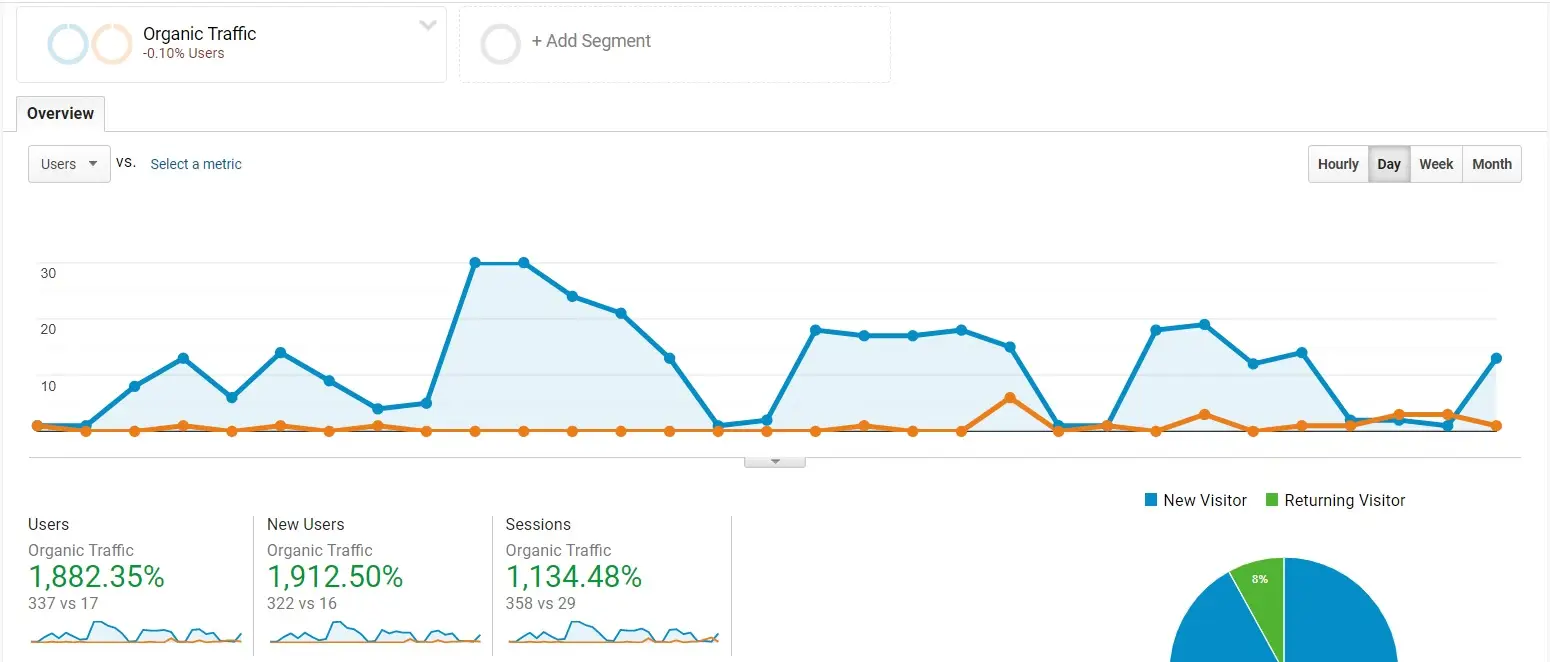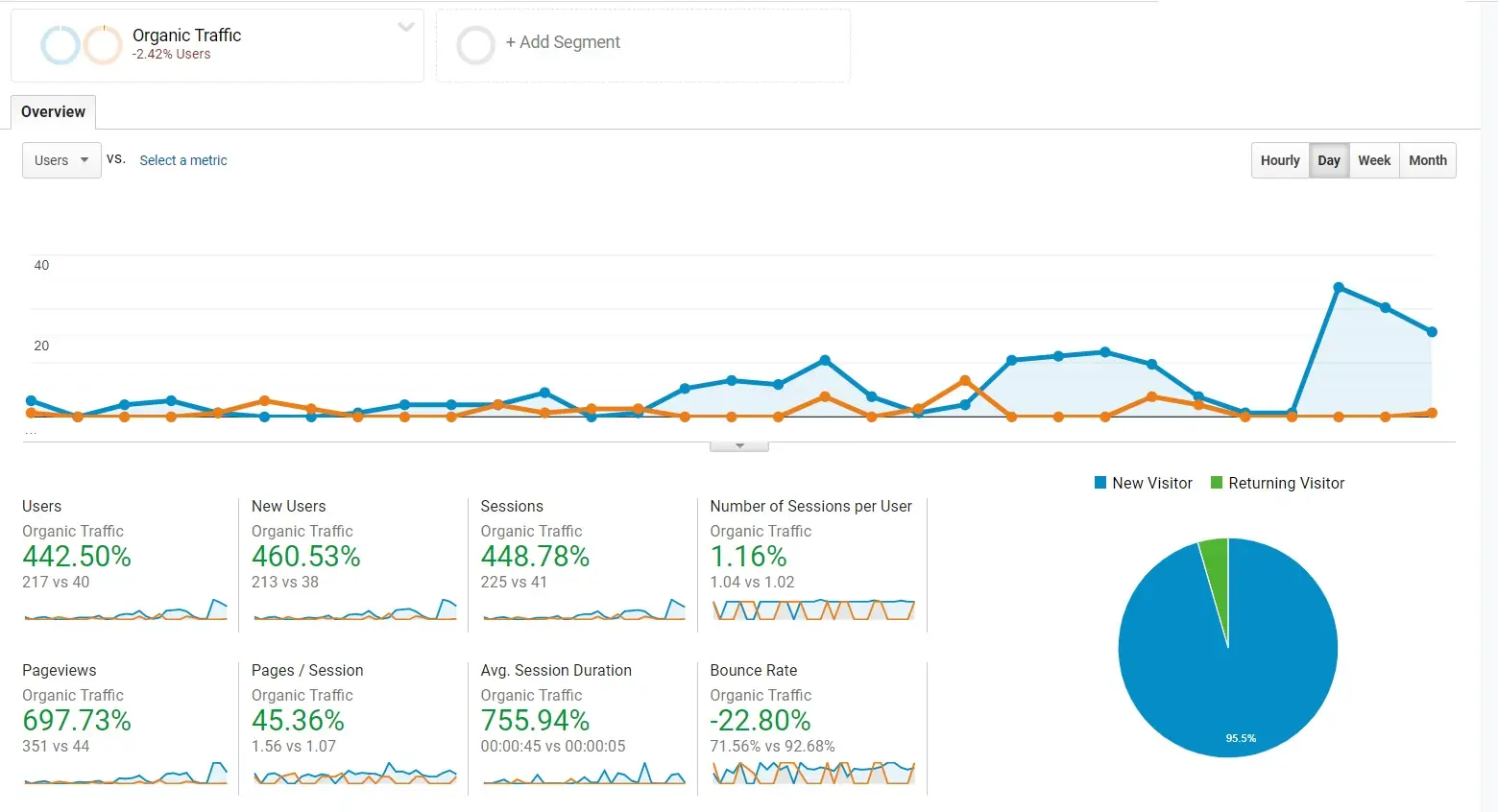How to Optimize E-commerce Category Pages for Better SEO
In today’s digital marketplace, where competition is fierce and consumer attention spans are fleeting, effective Search Engine Optimization (SEO) is more crucial than ever for e-commerce businesses. While many store owners devote their resources to optimizing product pages, they often overlook a pivotal aspect of their online strategy: category pages. This oversight can be detrimental, as category pages play a vital role not just in navigation but also in driving significant organic traffic to your site. Did you know that search engines account for about 38% of all traffic directed to e-commerce websites? This statistic highlights the importance of optimizing your category pages to ensure potential customers can easily discover your products.
In this comprehensive guide, we will delve deep into the significance of e-commerce category pages, explore the various types, and unveil effective strategies for optimizing them to enhance visibility and increase sales.

The Crucial Role of Category Pages in E-commerce
Why Focus on Category Pages?
Category pages are more than mere navigational tools; they are powerful assets in your SEO arsenal. When optimized effectively, these pages can attract traffic to multiple products simultaneously, enhancing your overall sales potential. Instead of focusing solely on individual products, category pages allow you to target broader, high-volume keywords that can lead to increased visibility and engagement.
Types of E-commerce Category Pages
Understanding the different types of category pages is essential for tailoring your optimization efforts.
Mega category pages provide a broad overview by encompassing a wide range of subcategories, such as a “Home and Living” category that includes sections like Furniture, Décor, and Lighting. In contrast, category pages focus on specific product groupings, enabling users to browse related items. For instance, a page dedicated to home goods might feature various types of furniture, such as living room, bedroom, and outdoor furniture. Lastly, sub-category pages offer a more refined exploration of products, making it easier for users to find what they’re looking for, such as specific types of outdoor furniture like “Patio Sets” and “Garden Chairs.”
The Importance of Targeting Keywords
Optimizing category pages for high-volume, intent-driven keywords can significantly enhance your traffic and revenue potential. Think of a well-optimized category page as a magnet, drawing in potential customers searching for related products. For instance, a page focused on “garden furniture” can rank for various related search queries, increasing the likelihood of organic visits and conversions.
Hierarchical Structure for Improved Navigation
A well-organized category hierarchy not only enhances user experience but also aids search engines in understanding your site’s layout. By categorizing products into broad categories such as “home decor,” “electronics,” and “clothing,” and then refining them into subcategories (e.g., “wall art,” “kitchen gadgets,” “men’s jackets”), you create a logical flow that guides customers seamlessly through their shopping journey.
Comprehensive Strategies for Optimizing Category Pages
To maximize the effectiveness of your category pages, consider implementing the following foundational SEO strategies:
1. Incorporate Relevant Keywords
Effective keyword integration is the cornerstone of any successful SEO strategy. Use tools like KeywordsFX or KWFinder to conduct thorough keyword research. Identify terms that resonate with your target audience, such as “outdoor lounge chairs” for a garden furniture category. By strategically placing these keywords in your content, headings, and meta tags, you can improve your chances of ranking higher in search results.
2. Refine Your Category Headings
Your category headings are the first impression visitors will have of your pages. Use clear and descriptive titles that accurately reflect the content. Instead of vague titles like “Make Your Space Cozy,” opt for straightforward ones like “Living Room Furniture.” This clarity benefits both search engines and users, helping them quickly understand what to expect.
3. Enhance Your Metadata
Optimizing your metadata is crucial for capturing user attention in search results. Ensure that your title tags and meta descriptions include primary keywords and stay within character limits (60 characters for titles and 155 for descriptions). For example, a meta description for a patio furniture page could read: “Discover our stylish and durable outdoor lounge chairs and dining sets for your perfect patio.”
4. Add Descriptive Text
Enrich your category pages with informative text descriptions that enhance content quality. Brief descriptions of different product types not only help users but also improve keyword relevance. For instance, you could describe the benefits of various types of garden chairs, emphasizing comfort, style, and durability.
5. Utilize Breadcrumb Navigation
Breadcrumbs enhance user experience by providing a visual trail of the user’s current location within your site. This not only aids navigation but also helps search engines understand your site’s structure. For example, breadcrumbs might look like this: Home > Outdoor > Garden Furniture, giving users a clear path to follow back through the categories.
6. Create Clear URLs
Ensure that your URLs are straightforward and descriptive. A clear URL structure aids both user navigation and search engine indexing. For instance, use URLs like www.homeandliving.com/outdoor-furniture/patio-sets to enhance clarity and understanding.
7. Include Alt Text for Images
Adding alt text to images helps search engines interpret content, improving accessibility and SEO. Use relevant keywords in the descriptions while avoiding keyword stuffing. For example, an image of a dining set could have alt text like “Teak outdoor dining set with cushions.”
Technical SEO Considerations
Optimizing the technical aspects of your category pages is essential for ensuring they perform well. Here are some key considerations:
1. URL Structure Optimization
Decide on the type of URL structure that works best for your site. A flat URL structure (e.g., /collections/outdoor-furniture) is easy to crawl but may lack organization, while a deep structure (e.g., /outdoor-furniture/patio-sets/wooden) offers logical categorization but can result in longer URLs.
2. User Experience (UX) Optimization
A positive user experience is critical for retaining visitors. Focus on improving load times, ensuring mobile-friendliness, and creating intuitive navigation. Consider implementing faceted navigation for product filtering, allowing users to easily sort by type, size, or color.
3. Content Optimization
Beyond keywords, your content should address common buyer questions and concerns. Including tips on selecting the best outdoor furniture based on climate and intended use can not only engage users but also boost your SEO rankings.
4. Internal Linking
Develop a robust internal linking strategy to enhance both SEO and user navigation. Use visually appealing links and breadcrumbs to guide users through categories and subcategories seamlessly.
5. Meta Tags and Headings
Craft compelling meta titles and descriptions that incorporate primary keywords effectively. For example, a meta title for outdoor furniture could be “Quality Outdoor Furniture for Every Garden | Home and Living,” enticing users to click through.
6. Technical Components
- Structured Data: Implement structured data to enhance visibility in search results with rich snippets, showcasing essential details like price and availability.
- Canonical Tags: Use canonical tags to prevent duplicate content issues, ensuring that search engines index the correct version of your pages.
- XML Sitemap: Include category pages in your XML sitemap to facilitate efficient indexing by search engines.
7. Link Building
Pursue link-building opportunities within your niche through collaborations with relevant websites and influencers. Building backlinks can enhance your authority and drive more traffic to your category pages.
Additional Strategies for Enhancing Category Pages
1. Create Intuitive Category and Subcategory Pages
Designing intuitive category and subcategory pages allows customers to browse and filter options with ease. For instance, a dedicated “home decor” category can enable customers to explore various styles such as “modern,” “rustic,” or “bohemian,” without feeling overwhelmed.
2. Enable Filtering Options
Incorporating filtering options allows customers to sort products based on attributes like price, size, and color. For example, if customers are browsing “kitchen gadgets,” they could filter results by “price range,” “brand,” or “functionality,” facilitating quicker decisions.
3. Maintain Consistent Layout and Design
Consistency in layout and design across category pages enhances usability and fosters brand recognition. Ensure that product imagery reflects a uniform style to improve credibility and trust.
4. Highlight Product Reviews and Prices
Displaying product reviews on category pages not only provides social proof but also influences purchasing decisions. Clearly showing product prices eliminates confusion and streamlines the shopping process.
5. Ensure Fast Page Loading Times
In an age of instant gratification, fast loading times are crucial. Aim for your pages to load in under two seconds to minimize bounce rates and enhance user satisfaction. Optimize images and scripts to achieve this goal.
6. Optimize for Conversions
Regularly test and refine elements like headings, calls to action, and visuals on category pages. Small changes, such as altering button colors or placements, can significantly impact click-through rates and conversion rates.
Monitoring Success
Once you have implemented your optimization strategies, it’s essential to monitor their effectiveness. Use tools like Google Search Console to track key metrics, including traffic, rankings, and user engagement. Regularly analyzing this data will help you gauge the success of your efforts and make informed adjustments as needed.
Conclusion
Neglecting category pages in your e-commerce SEO strategy can severely limit your site’s visibility and sales potential. By implementing effective optimization techniques—such as enhancing internal linking, establishing a logical structure, and incorporating user-friendly elements—you can significantly improve the user experience and drive more traffic to your site.
Prioritizing these strategies will not only boost your search engine rankings but also create a more engaging shopping environment for your customers. With a focused approach to optimizing category pages, your online store can thrive in the competitive e-commerce landscape, attracting quality visitors and maximizing sales potential. Embrace the power of category page optimization and watch your business flourish!


